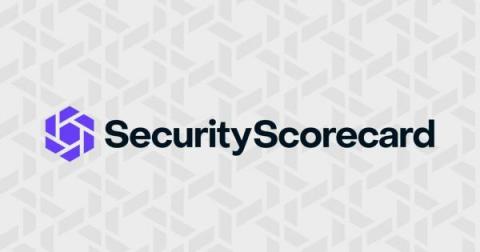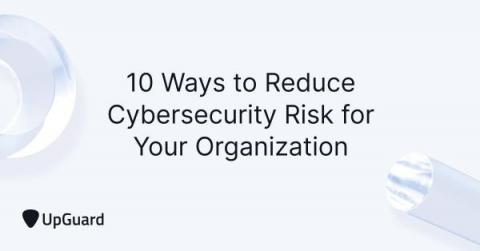6 Network Authentication Methods to Prevent a Data Breach
Cybercriminals are continuously finding new ways to steal sensitive information. Having robust network security measures in place is now more important than ever — and network authentication is part of the solution. There are various authentication technologies available that can add an extra layer of protection to prevent security lapses, and each one offers a unique solution. This post will highlight the most common methods for network authentication and answer the following questions.










